1887
A new wine commission business is entered in the commercial register in Bad Kreuznach: the Theo Seitz company joins the market on December 2.
1891
Wine clarification made easy: brothers Theobald Friedrich and Georg Heinrich Seitz develop asbestos precoat filters and use them to produce a new piece of equipment which is soon a market success.
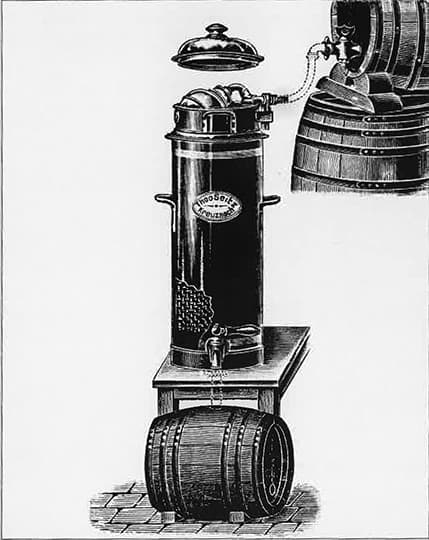
1898
In-house production: after moving to larger premises with over 100 employees the company now makes the parts previously procured from external suppliers.

1899
Focus on its main line of business: as the company now intends to center on its successful filters, the brothers close their wine commission business. The affiliated winery continues to operate for the purpose of experimentation.
1900
Expansion outside Germany: a subsidiary is founded in Vienna which forges business connections with the Balkans and Turkey. Further international branch offices soon follow in London, Paris, Buenos Aires, Melbourne and New York, among other places.
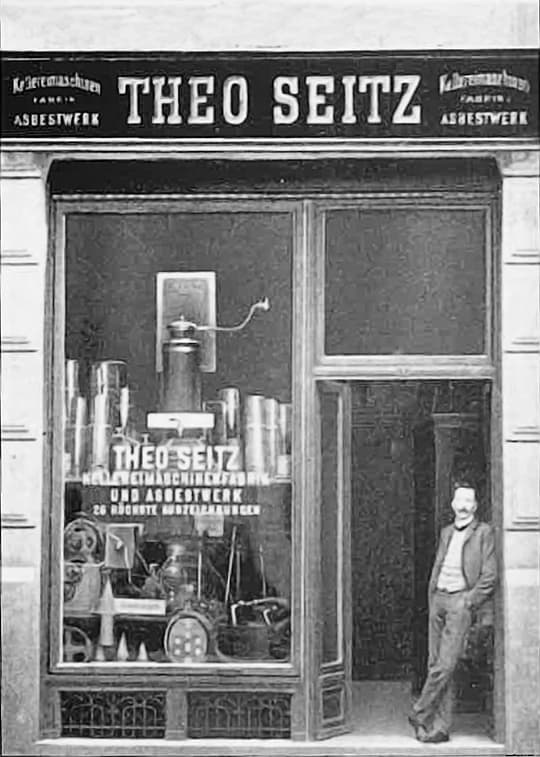
1901
A further successful model has the experts convinced: Seitz’s ‘giant filter’ is designed to handle up to 60,000 liters a day. In the next four years the company sells 500 of these machines.
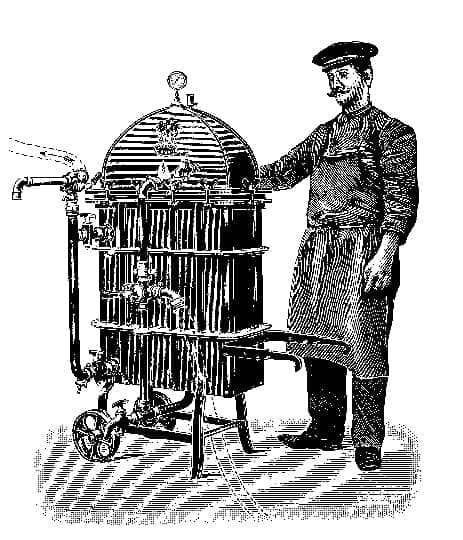
1906
New product diversity: Seitz starts manufacturing personal weighing machines which prove so successful that they are soon placed in numerous railroad stations and post offices throughout the whole of Germany.
1910
Renewed success: the Komet bottle filler and first sheet filter takes the market by storm.
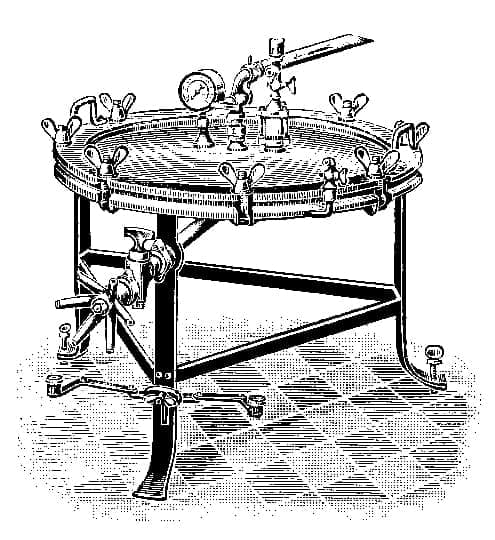
1912
Historic company headquarters opened: a plot of land measuring 26 hectares provides ample space for the offices and facilities of the Seitz-Werke. It is still the present site of KHS in Bad Kreuznach.
1913
Successful scrutiny: microbiologist Friedrich Schmitthenner joins the company team as head of the biological laboratory. Just one year later the cold sterilization process he develops lays the foundations for a new age of filtration technology.
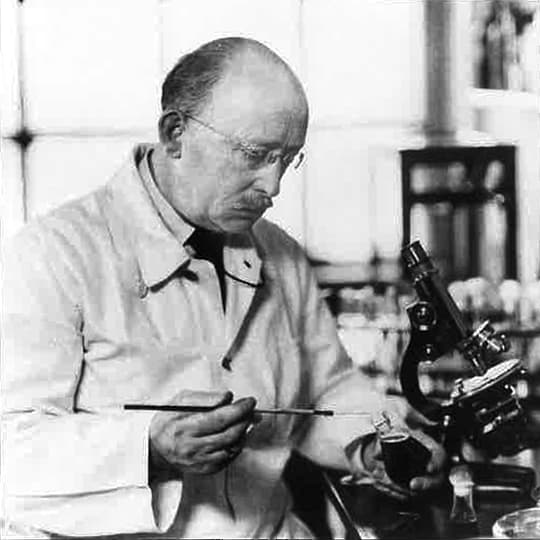
1916
Positive health benefits: during the First World War the new filter is deployed as a knapsack version. It is used to decontaminate water and results in a decline in the number of cases of cholera, typhus and other diseases.
1918
The family company enters its second generation: Theobald Friedrich’s son Paul Seitz joins the successful business. He is soon followed by his siblings and cousins.